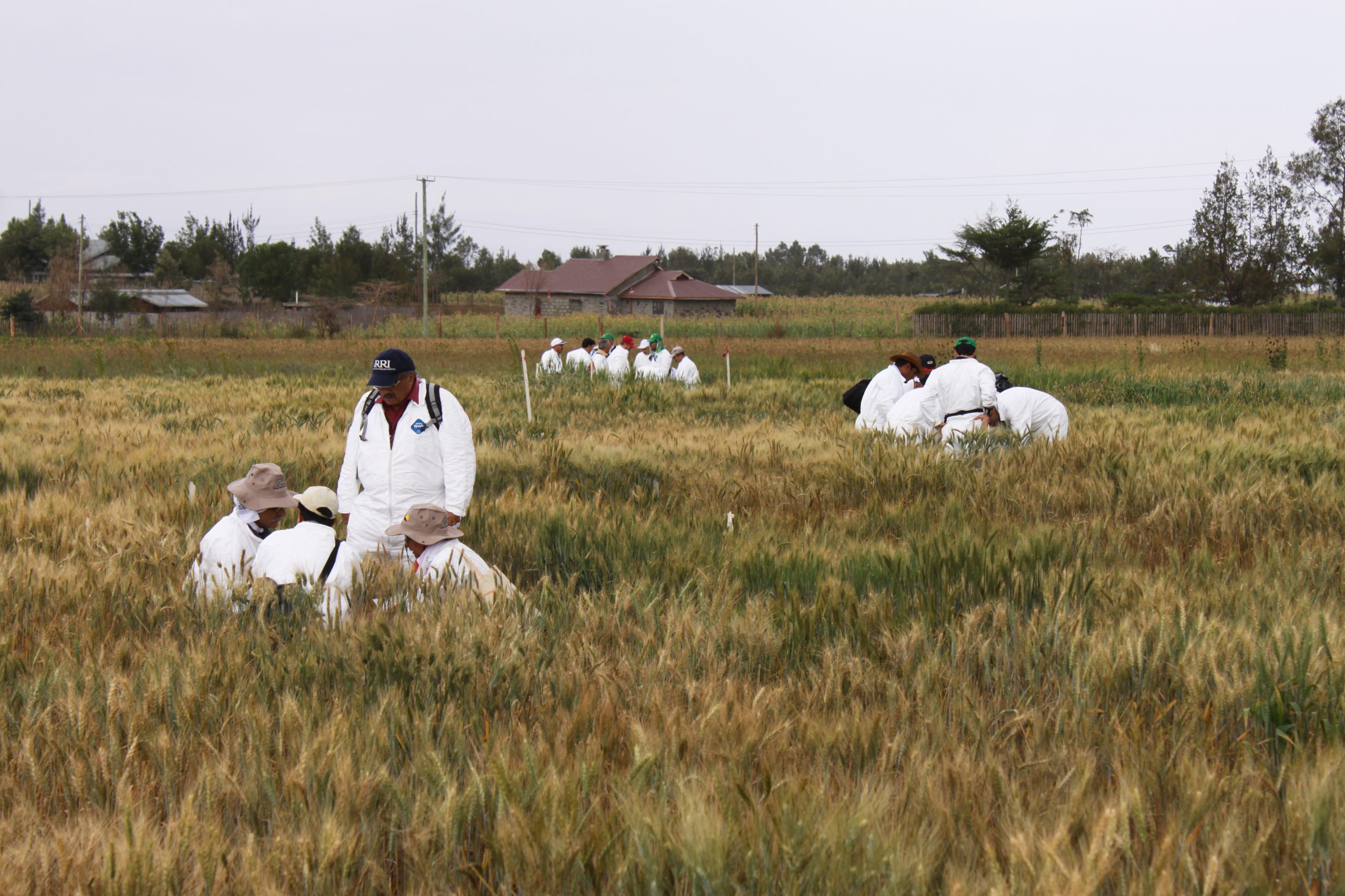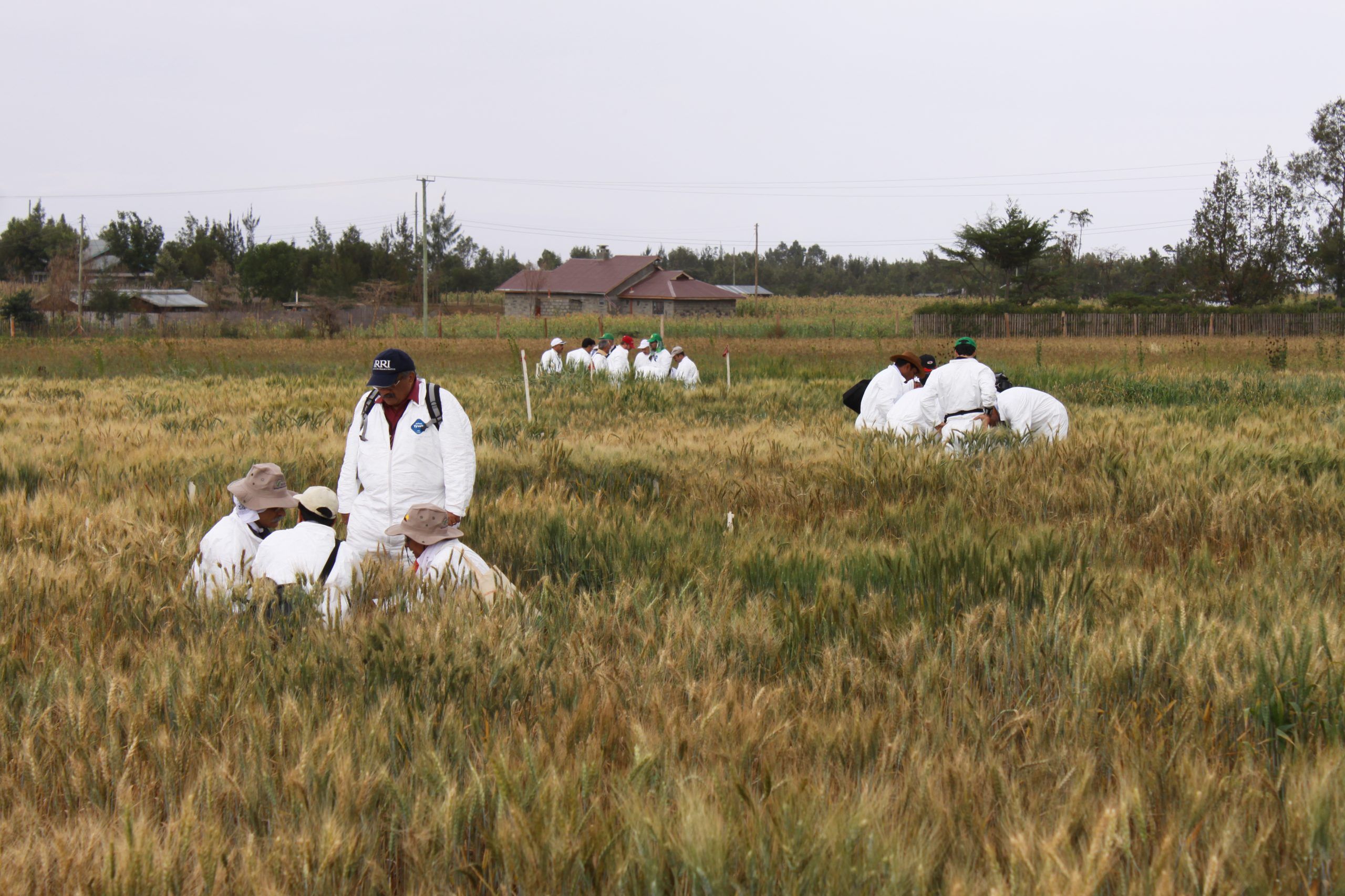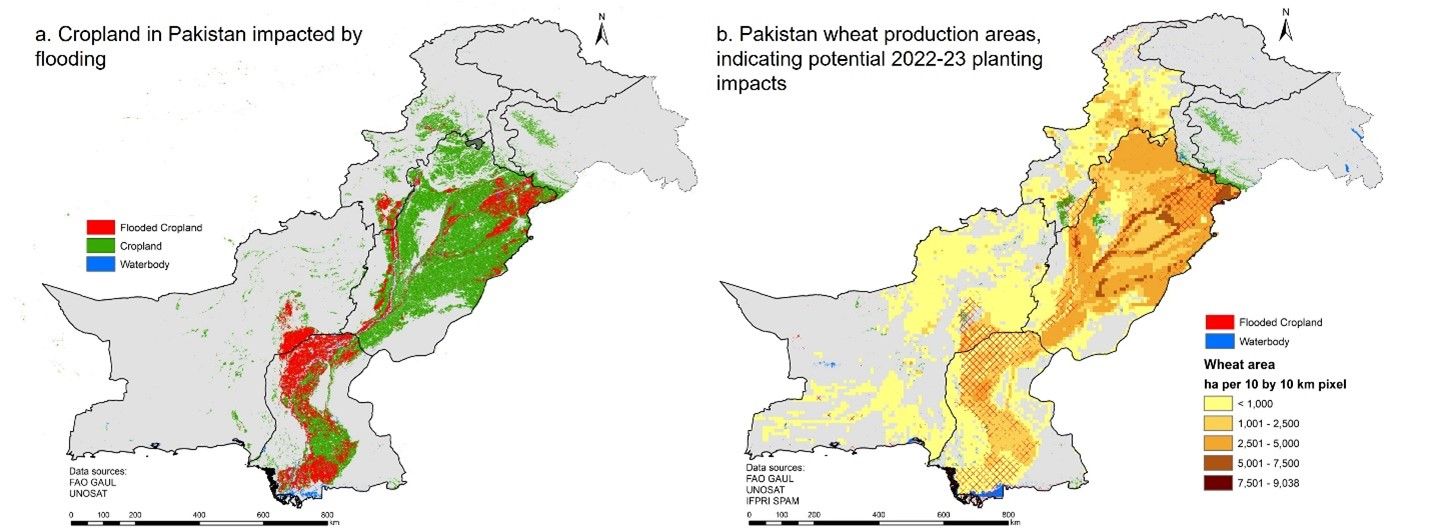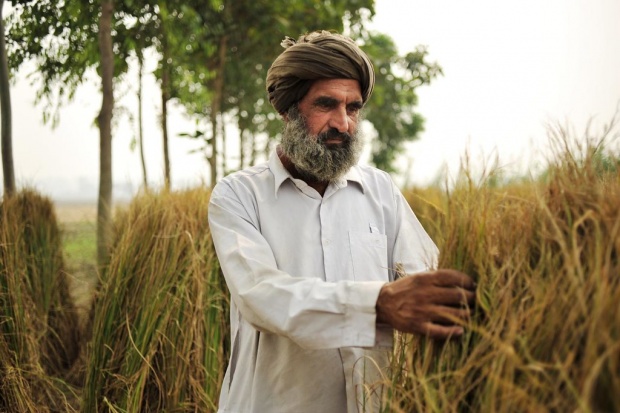Plant health data is critical for effective policy change

With rising demand for food, it is more critical than ever to address the challenge of crop losses due to pests and diseases. Current limited understanding of the extent of the problem prevents the advancement and implementation of plant health solutions. Global scientific collaboration is integral to ensure policy recommendations are well-informed by robust evidence and therefore more likely to succeed in the long-term.
The issue of global burden of crop loss closely correlates with the objectives of the One CGIAR Plant Health Initiative, which aims to prevent and manage major pest and disease outbreaks through the development and deployment of inclusive innovations and by building effective national, regional, and global networks. The Initiative, which is being led by the International Maize and Wheat Improvement Center (CIMMYT), will support low- and middle-income countries in Africa, Asia, and Latin America to reduce crop losses due to pests and diseases, and improve food security and livelihoods for smallholder farmers.
Data-driven approaches
The Global Burden of Crop Loss project, which is run by the Centre for Agriculture and Bioscience International (CABI), is working to ensure that there is accurate data on the challenges posed by plant pests and diseases. Questions to understand include where crop losses are the highest, the causes behind these losses, and how best these they can be addressed.
Cambria Finegold, Global Director, Digital Development, CABI said, “If you are not measuring crop loss well, then you don’t know if the extraordinary $25.8 billion spent annually on agricultural research and development is working, or if we are spending it in the right ways.”
Research by the Plant Health Initiative will play a significant role in collecting and disseminating data on some major pests and diseases, which can guide scientists on which areas to prioritize, thereby contributing to an impactful research agenda.
Once data is gathered, CABI aims to inform decision-making for actors at the top levels of the plant health system and ensure that appropriate action is taken to safeguard global food security with the limited resources available.

Establishing global networks
The value of a data-driven approach was emphasized at a session organized by the Global Burden of Crop Loss on October 14 exploring evidence-based systems to tackle food security. This session was a side event of the UN Food and Agriculture Organization (FAO) Science and Innovation Forum, which this year focused on highlighting the centrality of science, technology and innovations for agrifood systems transformation.
Prasanna Boddupalli, One CGIAR Plant Health Initiative Lead and Director of CIMMYT’s Global Maize Program, explained how the Initiative will bridge knowledge gaps, build risk assessment and rapid response capability, improve integrated pest and disease management, design and deploy tools to prevent contamination of food chains, and promote gender-equitable and socially inclusive innovations for plant health.
With six devastating plant epidemics in Africa alone during the last decade and an increased number of climate change-induced droughts and floods, Boddupalli proposed a revitalized strategy using the objectives of the Plant Health Initiative.
Built on a foundation of partnerships, there are more than 80 national, regional, and international organizations involved in the Initiative across 40 countries in the Global South, in addition to the CGIAR research centers. Through this rapidly expanding collaboration, the focus will be on establishing regional diagnostic and surveillance networks and implementing Integrated Pest Management (IPM) and integrated mycotoxin management.
To address the need for evidence-based policy recommendations, Boddupalli explained the purpose of the Plant Health Innovation Platforms in Africa, Asia and Latin America, leveraging the partners’ research sites. Combining innovations from the CGIAR system, national partners and the private sector, these platforms will enable the co-creation and validation of pest and disease management packages, with the aim of significantly improving adoption of effective and affordable plant health innovations by smallholder farmers.
Removing the barriers for data sharing
The Plant Health Initiative team has recently collected and collated information from national partners and the private sector on actions needed to remove constraints on sharing pest and disease surveillance data. Potential solutions include improved training of national partners, joint research projects, pre-defined processes for data sharing, and focusing on work that meets national and regional priorities.
These approaches will inform the sharing of data collected through the Initiative. For example, researchers are gathering surveillance data on 15 crop pests affecting seven different plants in 25 countries, with the expectation of collecting more than 44,000 samples from 2,100 sites in 2022 alone, with plans for sharing the results with partner institutions.
Boddupalli also emphasized the importance of ramping up remote sensing and drone usage, wherever feasible, for diagnostics and surveillance. However, the current gaps in accessing data and computing facilities in the Global South need to be addressed to make this a reality.
“The OneCGIAR Plant Health Initiative and the Global Burden of Crop Loss project have excellent complementarity,” said Boddupalli. Both have an opportunity to generate and share robust data on crop loss due to existing and emerging crop pests and diseases and use this data to drive effective policy change on plant health management.”
About the Global Burden of Crop Loss:
The Global Burden of Crop Loss initiative is modelled after the Global Burden of Disease initiative in human health, which has transformed health policy and research, over the last 25 years through better use of data.
The initiative aims to have a similar impact in agriculture, providing evidence to enable the global plant health community to generate actionable information and lead to a dramatic reduction in crop loss, resulting in increased food security and trade.
About the Centre for Agriculture and Bioscience International (CABI):
CABI is an international, inter-governmental, not-for-profit organization that improves people’s lives worldwide by providing information and applying scientific expertise to solve problems in agriculture and the environment.
Their approach involves putting information, skills and tools into people’s hands. CABI’s 49 Member Countries guide and influence their work which is delivered by scientific staff based in their global network of centers.



